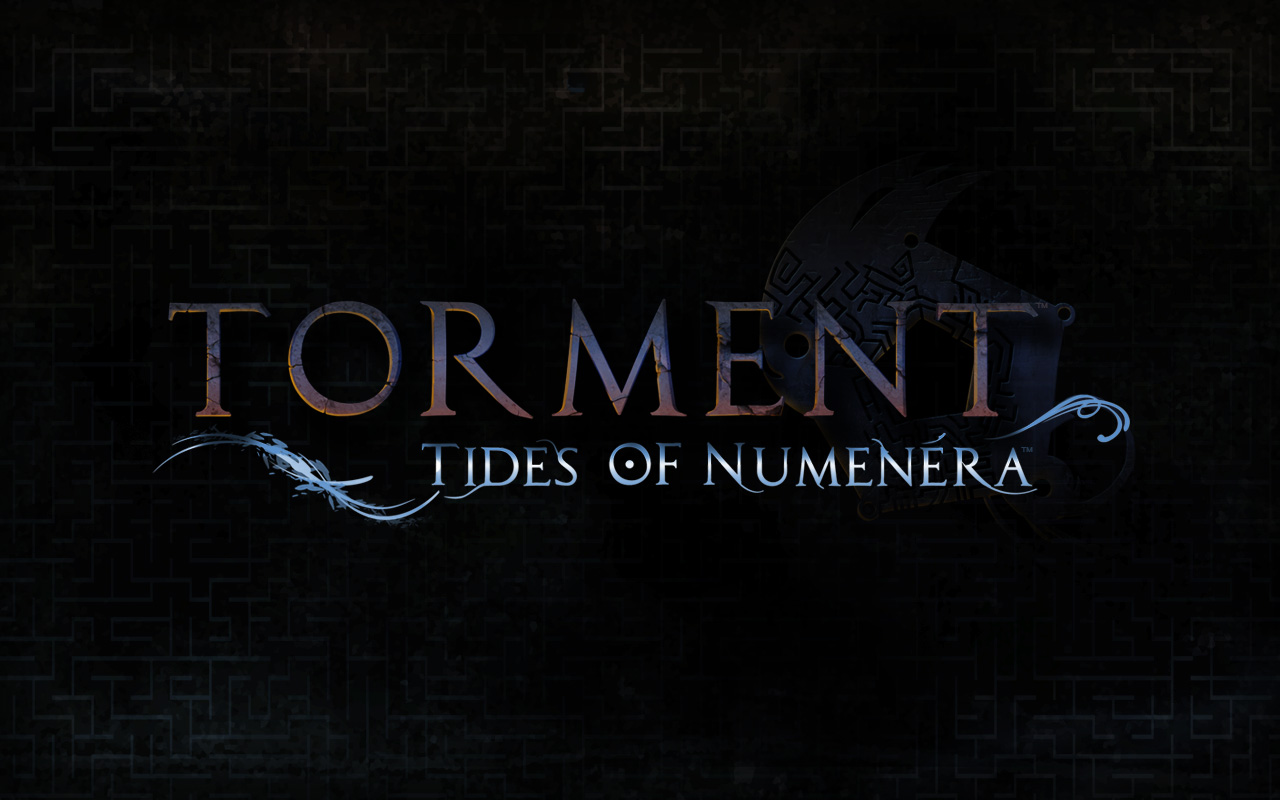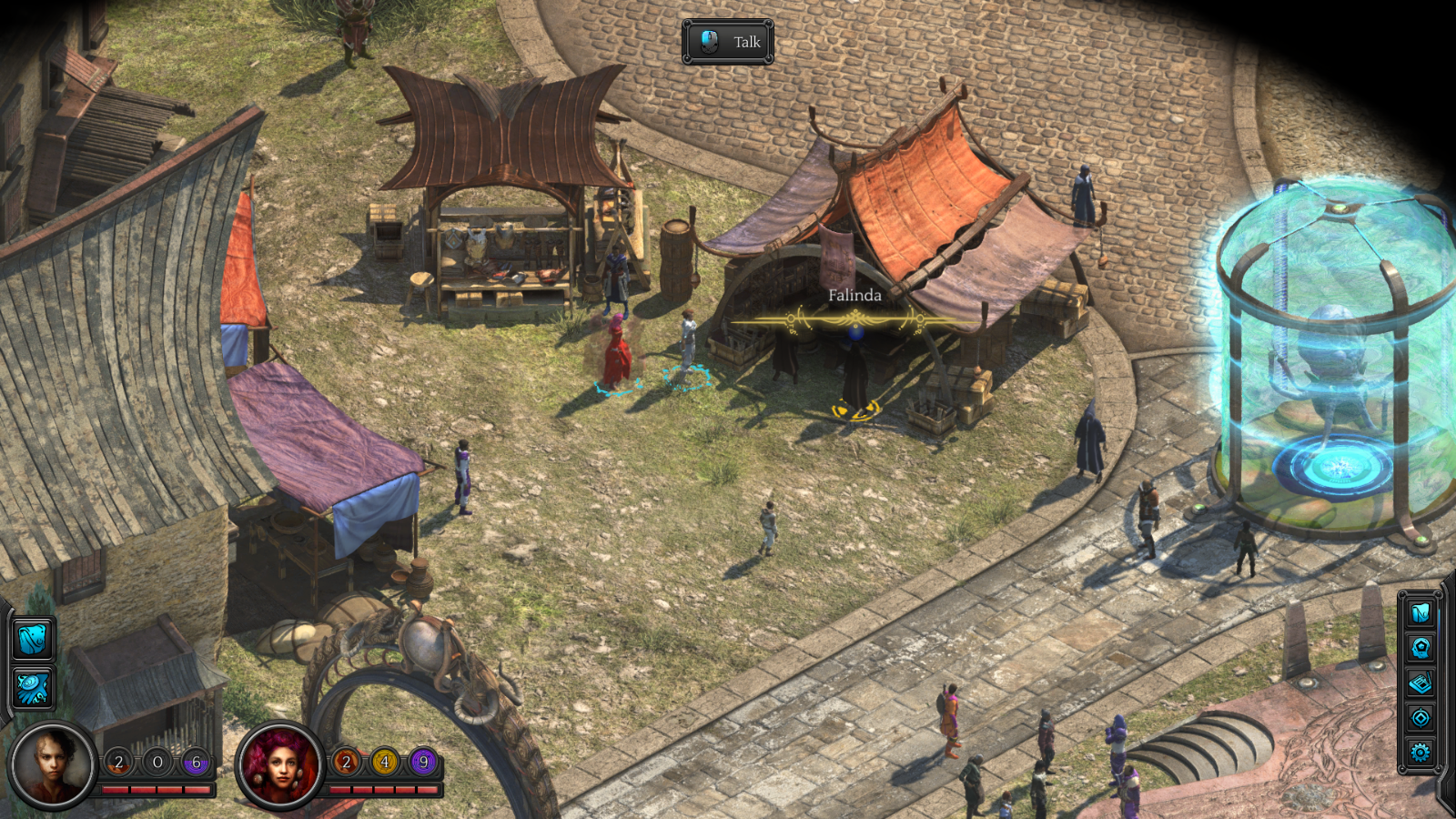
The scope of this setting is of course far too big for a single video game – even moreso in the late 1990s, when Planescape: Torment was being developed. The city of Sigil – an iconic artwork by Tony DiTerlizzi from the Planescape Campaign Setting book It’s no less interesting outside of Sigil as the planes range from the fantasy worlds of the Prime Material Plane to the clockwork universe of Mechanus, inhabited by the robotic collective of the modrons. Sigil is a fascinating city in both its architecture – which, in addition to the endless interdimensional portals, shifts and changes constantly as it is altered by the dabus, servants of the Lady who speak through images – and its culture (with faction politics, visitors from other worlds, a criminal underground with a unique dialect based on thieves’ cant and Cockney rhyming slang). The city stays neutral in all major conflicts, but it is itself a battleground for different factions (inspired by those in Vampire: The Masquerade), closely watched by the mysterious Lady of Pain – both a ruler and a prisoner of Sigil. Sigil is the ‘City of Doors’: every door, window or arch is a portal leading to a different plane – as long as you have the right key. In the center of Outlands stands an infinitely tall Spire, on the top of which floats the city of Sigil laid out on the inside of a torus. In the center of all this lies the neutral plane of Outlands, from which other universes can be accessed. The whole multiverse is a setting of conflict between order and chaos – its most extreme form is the eternal Blood War between two evil races: ‘lawful evil’ baatezu (devils) and ‘chaotic evil’ tanar’ri (demons). Planescape could be described as a ‘meta-setting’: it combines all the other worlds of D&D (most – but not all – of them are different parts of the universe known as the Prime Material Plane), adds different universes for the Greek Pantheon, Valhalla, Christian demonology, the Divine Comedy, four classical elements and a few other things. Despite the perceived lack of originality, one of the game’s possible campaign settings is the strange and unique multiverse of Planescape.

Despite the influence and popularity of this famous pen and paper RPG, if a setting is described as ‘ D&D-like’, you can expect it to be a generic fantasy story with races borrowed from Tolkien, an assortment of evil beasts, a few evil overlords with magical powers and a society that superficially resembles medieval Europe. When any piece of fantasy fiction is compared to Dungeons & Dragons, it’s rarely a positive thing.


Warning: this article contains major spoilers for Planescape: Torment, including references to the game’s ending.


 0 kommentar(er)
0 kommentar(er)
